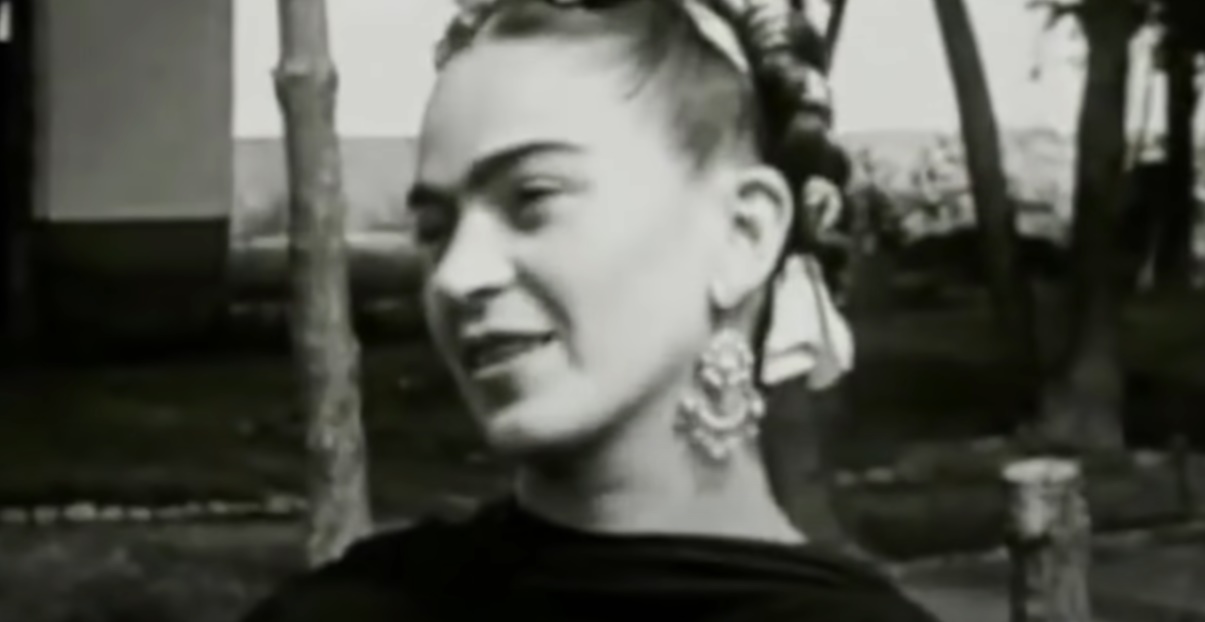Magdalena Carmen Frida Kahlo y Calderón (Spanish pronunciation: [ˈfɾiða ˈkalo]; 6 July 1907 – 13 July 1954) was a Mexican painter known for her many portraits, self-portraits, pain and passion, and bold, vibrant colors. She is celebrated in Mexico for her attention to Mexican and indigenous culture and by feminists for her depiction of the female experience and form.
The sensationalistic quality of Kahlo’s paintings owes to the “intimacy of the images” they depict, especially when they communicate “her vulnerability, her physical and emotional pain, but also her defiance and self-confidence, and the pride she so clearly has in her culture.” This comes through with special clarity in the self-portraits she created quite prolifically, and in so doing defined herself as well as the new 20th-century Mexican culture with which she came of age.

“I really, really hesitate to bring up the word selfie,” says Puschak, but “insomuch as her self-portraits are always simultaneously a recording and a performance of identity, they’re bound to be relatable to modern audiences.” In the first half of the 20th century during which Kahlo lived, painting was a relatively efficient way to produce images of oneself. Today, many of us do it dozens of times a day, at the touch of a button, marshaling few artistic resources in the process. But if selfies lack the impact of Kahlo’s self-portraits, it may owe to the ironic reason that the selfies look too good. Kahlo’s painting “has a bit of an amateurish quality to it, in its flattening of depth and skewed perspectives and anatomy.” But she used that style on purpose, paying homage to the folk art of her homeland and also making you feel as if “someone you know” painted these works. Puschak, who refers to her on a first-name basis, seemingly feels that way; but then, he’s far from the only Frida fan to do so.
SOURCES
Helland, Janice. “Aztec Imagery in Frida Kahlo's Paintings: Indigenity and Political Commitment.” Woman's Art Journal, vol. 11, no. 2, 1990, pp. 8–13. JSTOR, www.jstor.org/stable/3690692. Accessed 30 June 2021.
Block, Rebecca, and Lynda Hoffman-Jeep. “Fashioning National Identity: Frida Kahlo in ‘Gringolandia.’” Woman's Art Journal, vol. 19, no. 2, 1998, pp. 8–12. JSTOR, www.jstor.org/stable/1358399. Accessed 30 June 2021.
OTTO, MELANIE. “‘TIERRA ENTRE MEDIO’: BORDERLANDS OF KNOWLEDGE IN THE ART OF FRIDA KAHLO.” IJAS Online, no. 2, 2010, pp. 60–74. JSTOR, www.jstor.org/stable/26234255. Accessed 30 June 2021.
|